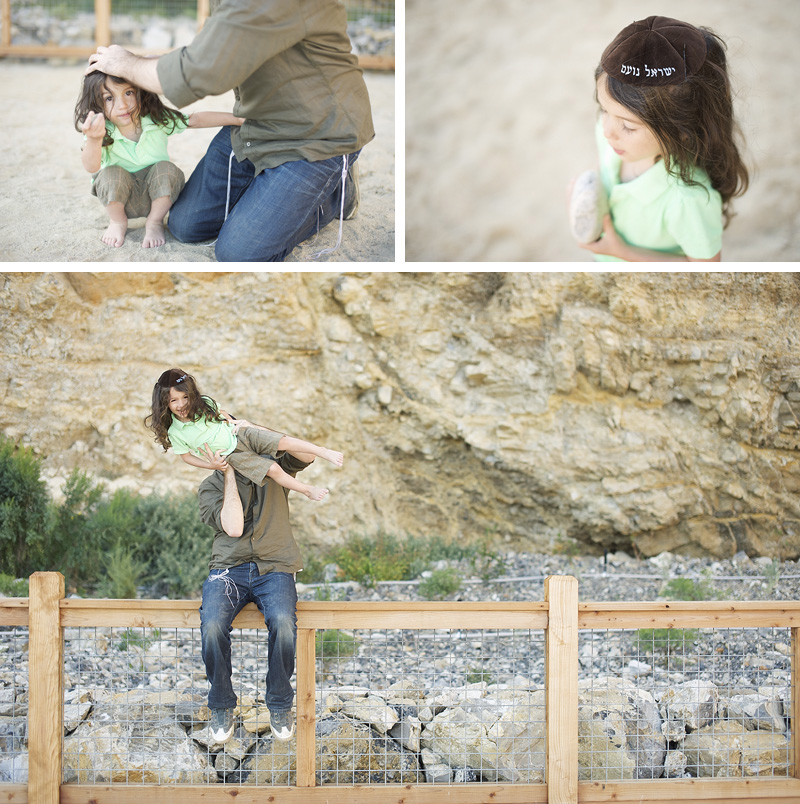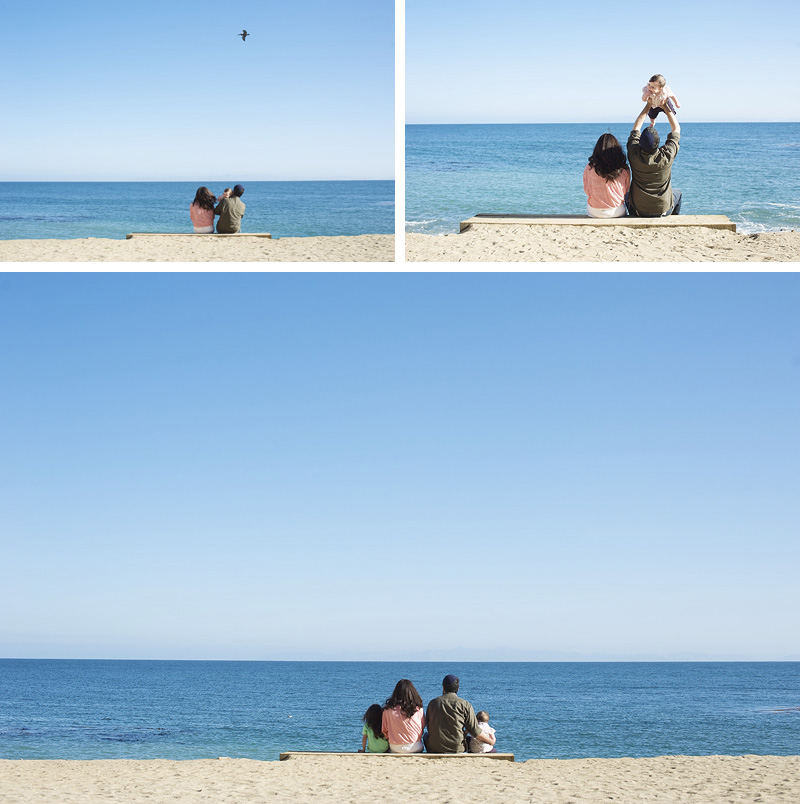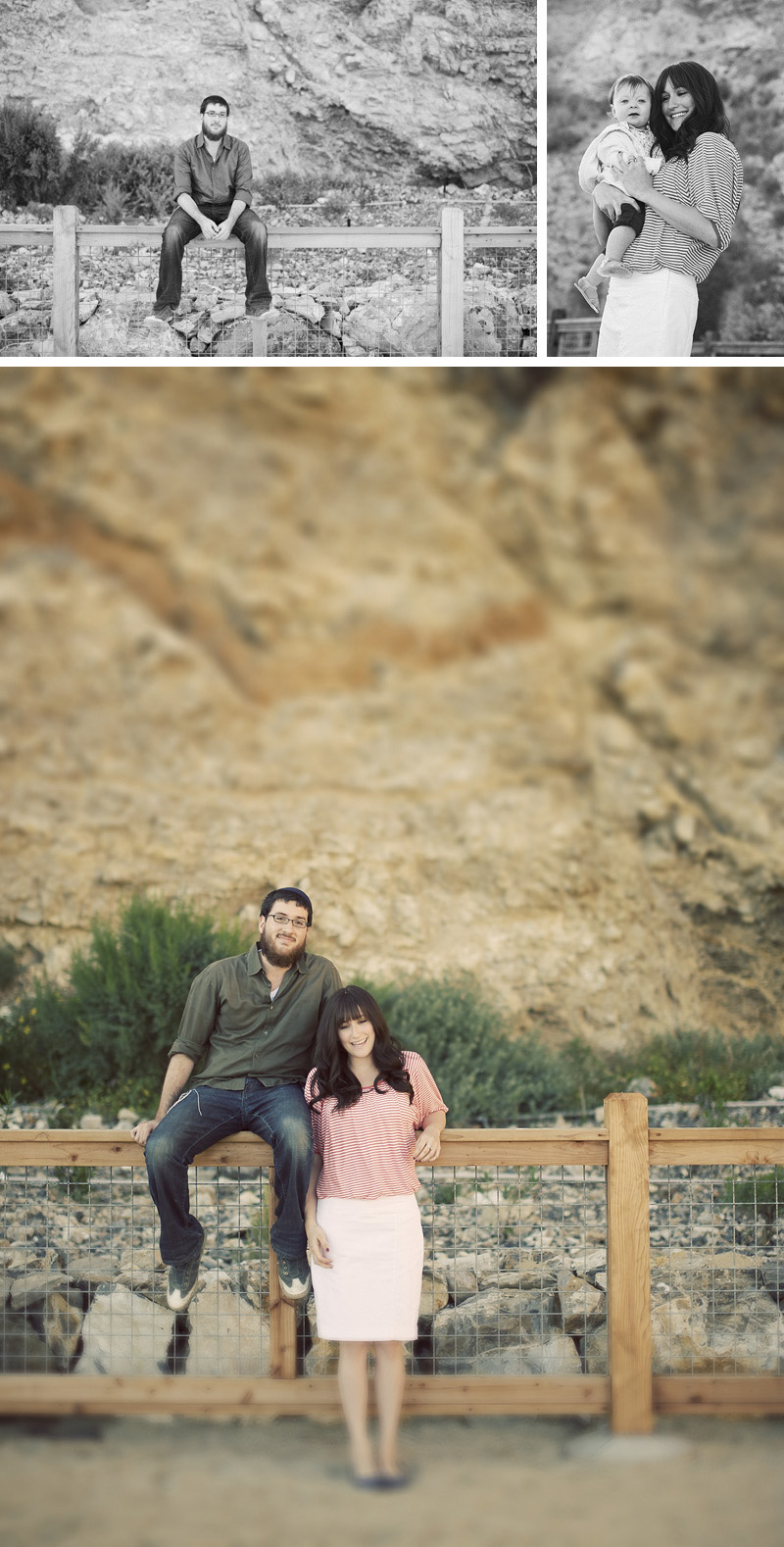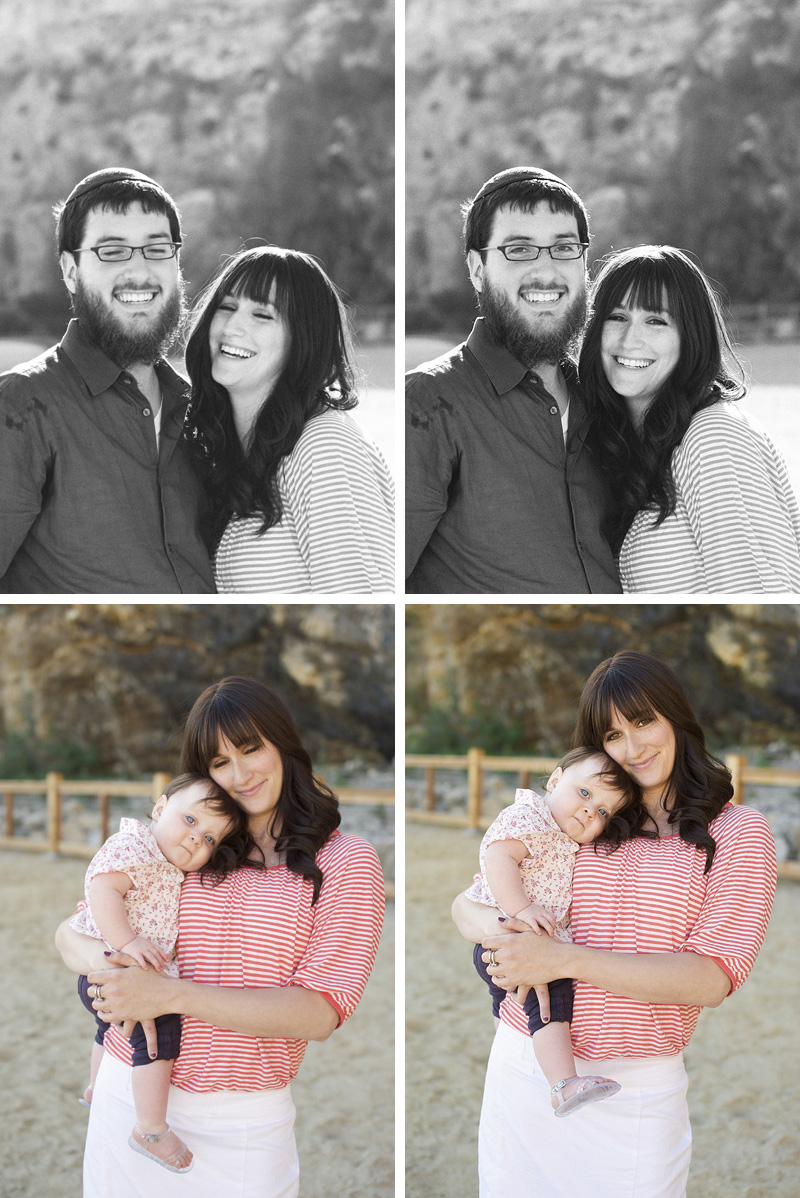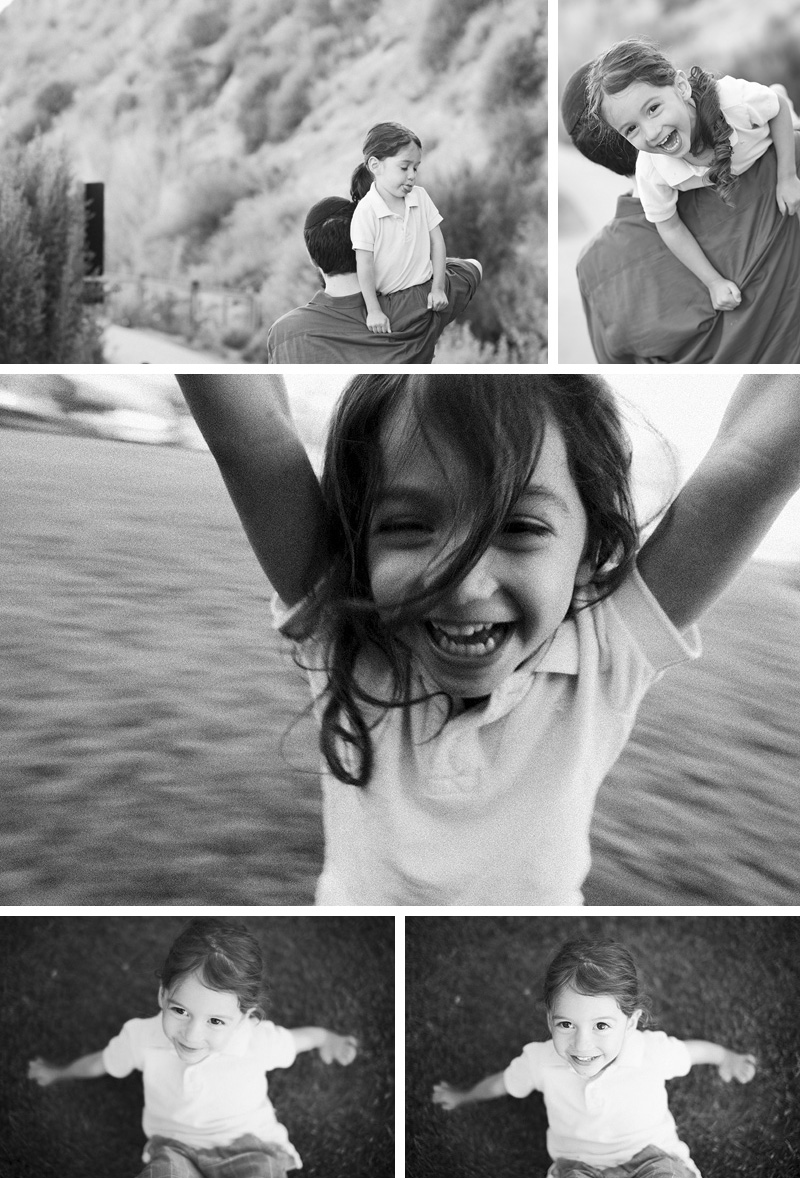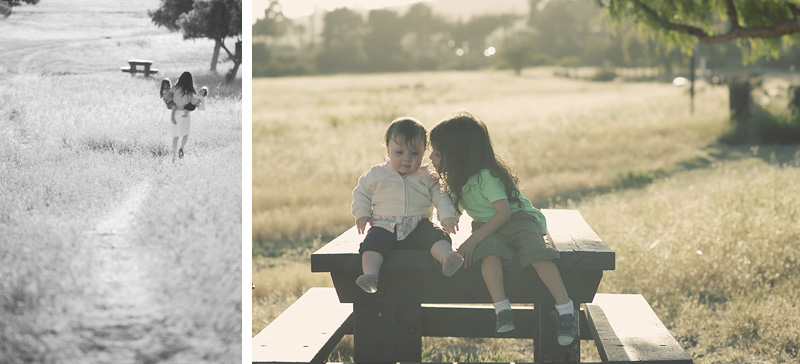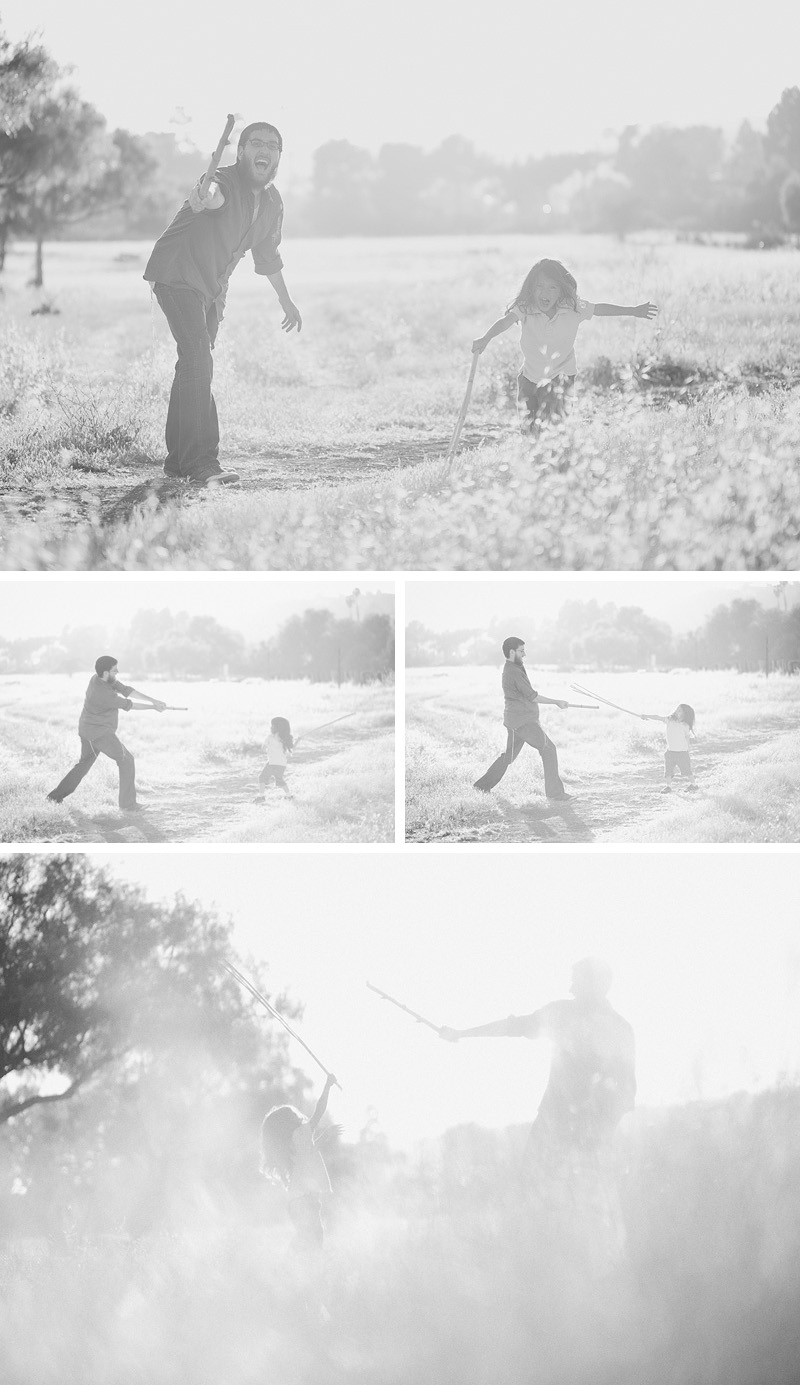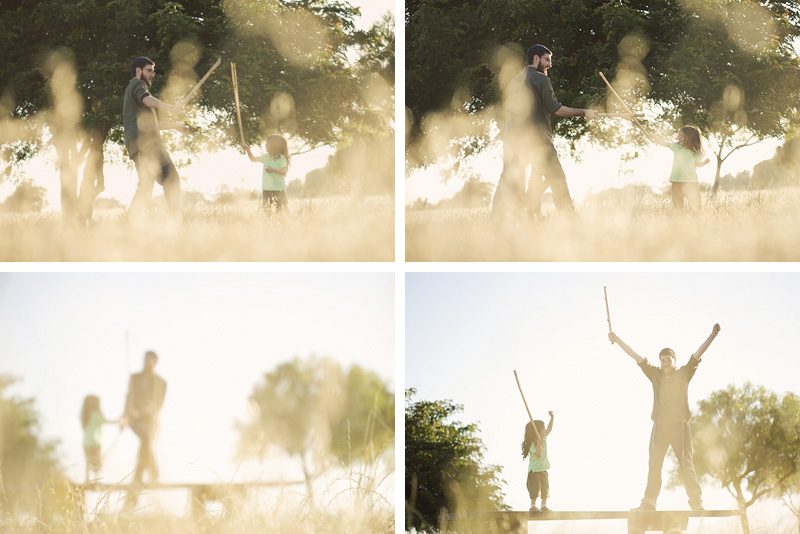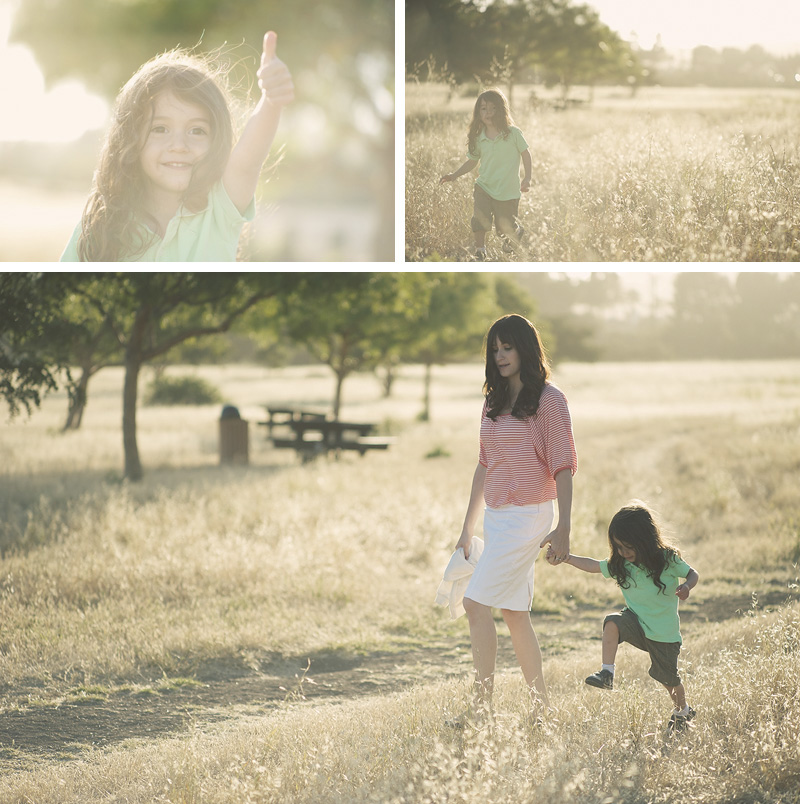Warning: For geeks and nerds only. If you do not follow into one of those categories fell free to scroll down to the photos below.
A few weeks ago I received a telegraph from China (read all about it here). I thought I answered his question (or what I thought the question was) pretty well. But a few days ago I received yet another telegram:
BIG STOP STOP WITTLE STOP STOP NOT ARWYAS SAME STOP STOP SOMETIMES MORE STOP MUCH TIMES LESS HEAVY LESS LIGHT MORE PHONE MANY MORE STOP WHY STOP NORMAL NOT WIDE NOT STOP PREASE HEWP GOING CLAZY LOOLOO STOP
Wow dude, you couldn't be any more clyptic?
Anyways I figured I'd talk a bit more about stops and maybe this Chinese bloke will reverse his course to the clazy house.
Two numbers to remember 2 and 1.4.
To change your ISO or shutter speed by a stop you double or half.
To change your aperture by a top you multiply by or divide by 1.4. The reason being is that the aperture refers to the size (diameter) of the diaphragm (the opening) of the lens which is a circle. When you multiply the diameter of a circle by 1.4 you get double the surface area, or in this case double the amount of light coming in.
Very exciting. So you go from 1-1.4-2-2.8-4-5.6-8-11-16 etc.
Why would you want less light coming in? Good question. A. Most lens get sharper when you close them down a few stops. B. More depth of field. C. Slower shutter speed.
Another thing that changes in increments of 1.4 is the focal length of lenses. 24mm-35mm-50mm-85mm (well not exactly), 100, 135, 200, 300, 400, 600 etc. the reason being is that, again since we are dealing with a circle the area covers halfs every time it's multiplied by 1.4. So a 35mm lens covers half the area of a 24mm lens.
Yet another aspect changes with every multiple of 1.4 (and this one is actually important) is the Depth of Field. A 24mm lens at f/2.8 has double the DOF of a 35mm lens at 2.8 and quadruple the DOF of a 50mm @ 2.8. So if you want to blur out that background you could spend $1400 on a 50mm 1.2 or $300 on an 85mm f/1.8 and the background will essentially be more blurred with the 85mm @ f/1.8 than with the 50mm A f/1.2 (and the 85 will probably be sharper as its much easier to make a 1.8 lens than a 1.2 lens.).
While we're (we being me because I have absolutely no clue who would actually get this far into this ramble) on the DOF topic I have to mention the sensor size. Each time the sensor grows by 1.4 it halves the DOF and the FOV (field of view) goes down by 1.4 (an 70mm f/2.8 lens would act like a 50mm f/2). So a 50mm f/1.4 lens on a d90 (Nikons cropped sensor) would act like a 75mm f/2.1 lens (x 1.5). And a 80mm f/2 lens on a 645 camera would act like a 50mm f1.25 lens on a full frame sensor (such as the d700). And a 300mm f/4.5 lens on a 8x10 view camera would be like a 50mm f/.75 on a full frame camera. (this is all in regards to frame of view and depth of field. Exposures don't change with sensor size or focal length).
The point being? Have fun!
As we were.
I had this awesome shoot this past week, with this great family. I was a bit nervous about the timing, as I usually like the late afternoon and am not that familiar with the harsher light of not-so-late afternoon. 'Twas tough in the beginning but we persevered (and I perspired) and we really had fun. I even got to use my new lens bought earlier in the day. A manual focus 105mm f/2.5. Yummy. And I tried a fake tilt shift.



